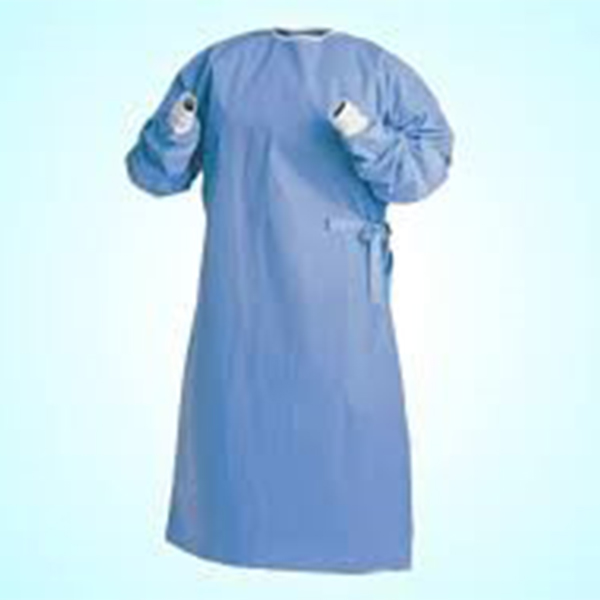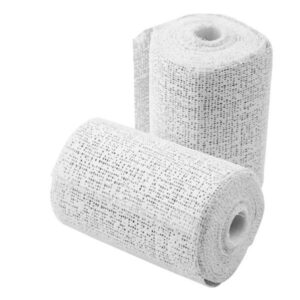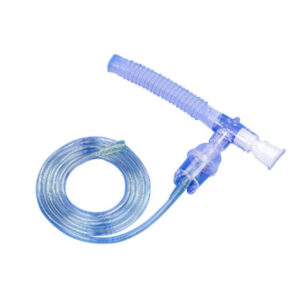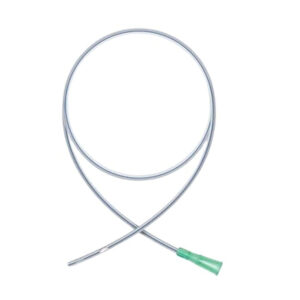Surgical Gown
A surgical gown is a piece of personal protective equipment (PPE) worn by healthcare professionals during surgical procedures to protect both the patient and the wearer from the transfer of microorganisms, body fluids, and particulate matter.
Minimum Quantity Order: 200 unit
Price: Negotiable
Product Enquiry Form
Sharing is caring:-
Description
A surgical gown is a piece of personal protective equipment (PPE) worn by healthcare professionals during surgical procedures to protect both the patient and the wearer from the transfer of microorganisms, body fluids, and particulate matter.
Here’s a breakdown of the key features and characteristics:
- Primary purpose
- Barrier protection: The main function of a surgical gown is to create a barrier between the wearer and the patient, minimizing the transfer of infectious agents and fluids during surgery.
- Protection against pathogens and fluids: Surgical gowns are designed to be fluid-resistant and prevent the penetration of blood, body fluids, and other potentially infectious materials.
- Materials and construction
- Non-woven fabrics: Many modern disposable surgical gowns are made from non-woven materials like polypropylene (PP) or spunbond-meltblown-spunbond (SMS) fabric, which provide good barrier protection while being lightweight and breathable.
- Layered construction: Some gowns are constructed with multiple layers (e.g., SMS, SMMS) to enhance barrier performance, fluid resistance, and durability.
- Disposable vs. reusable: Surgical gowns are available as single-use disposable or reusable options. Disposable gowns are pre-sterilized and designed for one-time use, eliminating the need for reprocessing. Reusable gowns can be laundered and re-sterilized, but require careful monitoring of their barrier properties over time.
- Key performance features
- Barrier efficacy: Gowns are categorized by their liquid barrier performance, typically measured in levels (e.g., AAMI Levels 1-4). Higher levels indicate greater resistance to fluid penetration.
- Sterility: Surgical gowns must be sterile to prevent infection. They are sterilized using methods like ethylene oxide (EO) sterilization, gamma radiation, or steam sterilization (autoclaving), according to PSIDispo.
- Durability and strength: Gowns should be strong and resistant to tearing or puncture to maintain their protective integrity throughout the surgical procedure.
- Comfort and breathability: To ensure the comfort and effectiveness of the wearer during long procedures, gowns are designed to be breathable, allowing for airflow and reducing heat buildup.
- Fit and closure systems: Gowns typically have features like waist ties, Velcro closures, or knitted cuffs to ensure a secure and adjustable fit.
- Importance in healthcare
- Infection control: Surgical gowns are crucial for maintaining a sterile environment in the operating room and reducing the risk of healthcare-associated infections.
- Safety for healthcare workers: They protect medical personnel from exposure to potentially infectious materials during surgical procedures.
In essence, surgical gowns are specialized garments designed to act as a barrier against contamination in surgical settings, ensuring the safety of both patients and healthcare professionals. They combine protective properties with features that promote comfort and ease of movement during demanding procedures.





